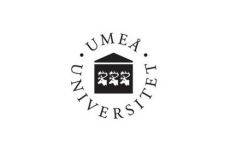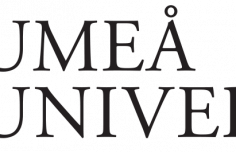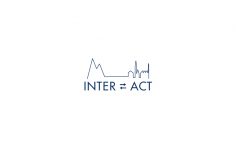A microscopic living organism. Microbes include bacteria fungi, protozoa and viruses. In Arctic environments, most microbes are found in soils and aquatic environments (both fresh and saltwater). Microbes are a key part of many food chains and also play important roles in biogeochemical cycles.
Related contents
-
> Post-doc position at Climate Impacts Research Centre in Abisko
NewsA Post-doc position (3 years) focusing on plant and microbial carbon and nitrogen cycling across the ArcticDefinitions of the ArcticDefinitions of the Arctic vary according to environmental, geographical, political, cultural and scientific perspectives. Some scientists define the Arctic as areas having a high latitude, long winters, short, cool summers,... More vary according to environmental, geographical, …
> Read more -
> Three PhD positions at Umeå University
NewsINTERACT partner Umeå University is offering three PhD Positions: one PhD position in in ecologyThe study of living organisms in their environment, including where they are found and how they interact with their physical environment and with each other, for example through food webs.... More with focus on carbon cycling in arcticDefinitions of the Arctic vary according to environmental, geographical, political, cultural and scientific perspectives. Some scientists define the Arctic as areas having a high latitude, long winters, short, cool summers,... More terrestrial ecosystems; one …
> Read more -
> APECS-ARICE webinar
NewsARICE and APECSAssociation of Polar Early Career Scientists.... More are holding a webinar on “Tracing PermafrostPermafrost is frozen ground that remains at or below zero degrees Celsius (32 degrees Fahrenheit) for …
> Read more -
> PhD position available at INTERACT station Abisko
NewsA PhD-position in Ecology (4 years) is available in Abisko at the ClimateThe average weather we would expect over a long period of time (seasons, years, decades). ClimateThe average weather we would expect over a long period of time (seasons, years, decades). Climate varies from place-to-place across the Earth. Climate is determined by long-term (over at least... More varies …
> Read more -
> Methane
GlossaryA colourless, odourless gas (chemical formula CH4). Some microbesproduce methaneA colourless, odourless gas (chemical formula CH4). Some microbesproduce methaneA colourless, odourless gas (chemical formula CH4). Some microbesproduce methane. It can also be found in underground deposits. Methane is the main component of natural gas, which is is an important... More. It can also be found in underground deposits. …
> Read more




